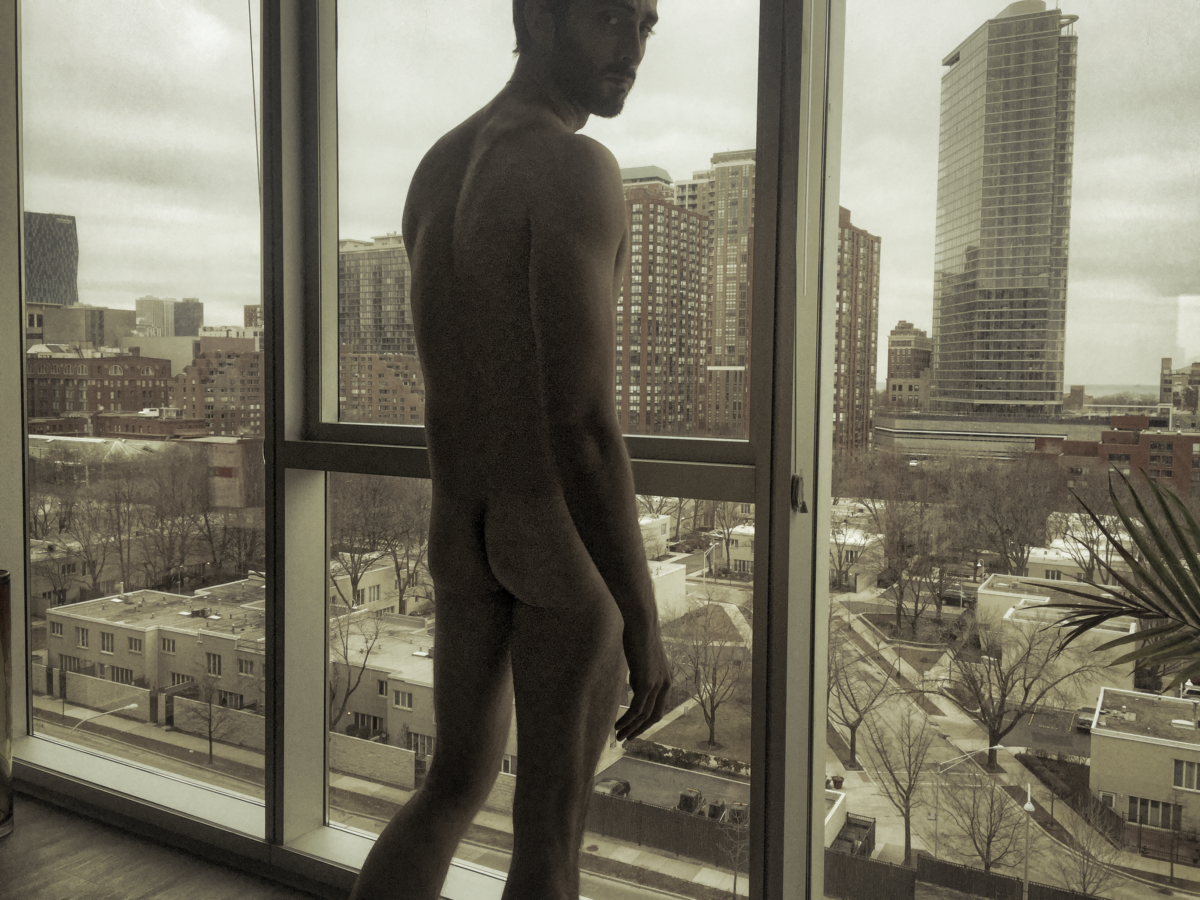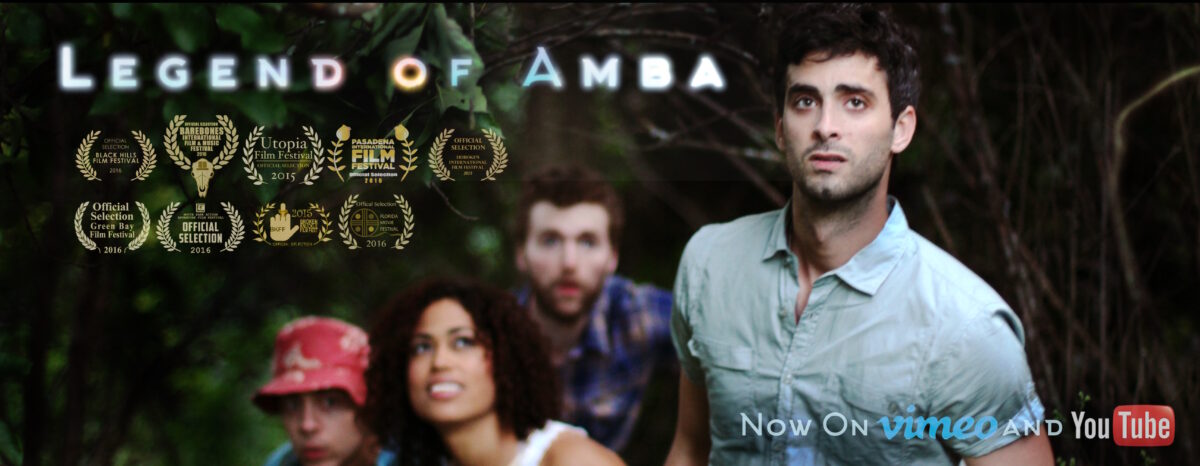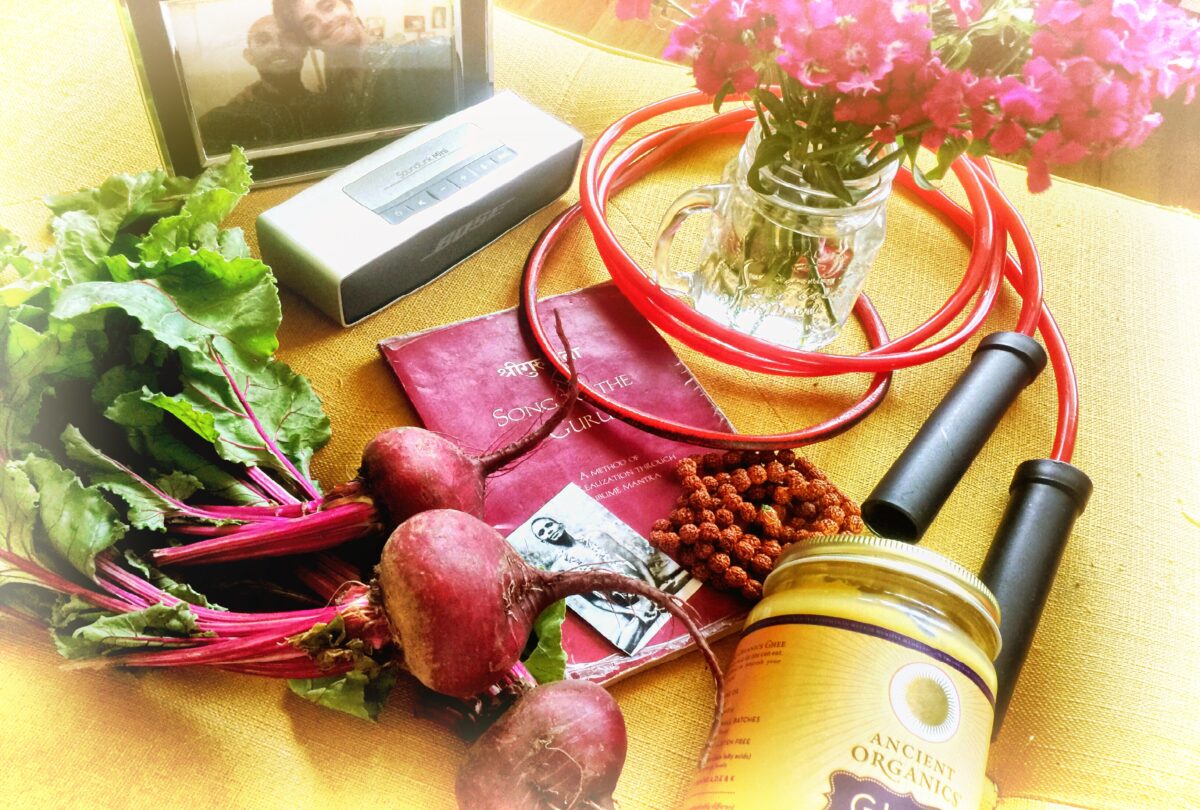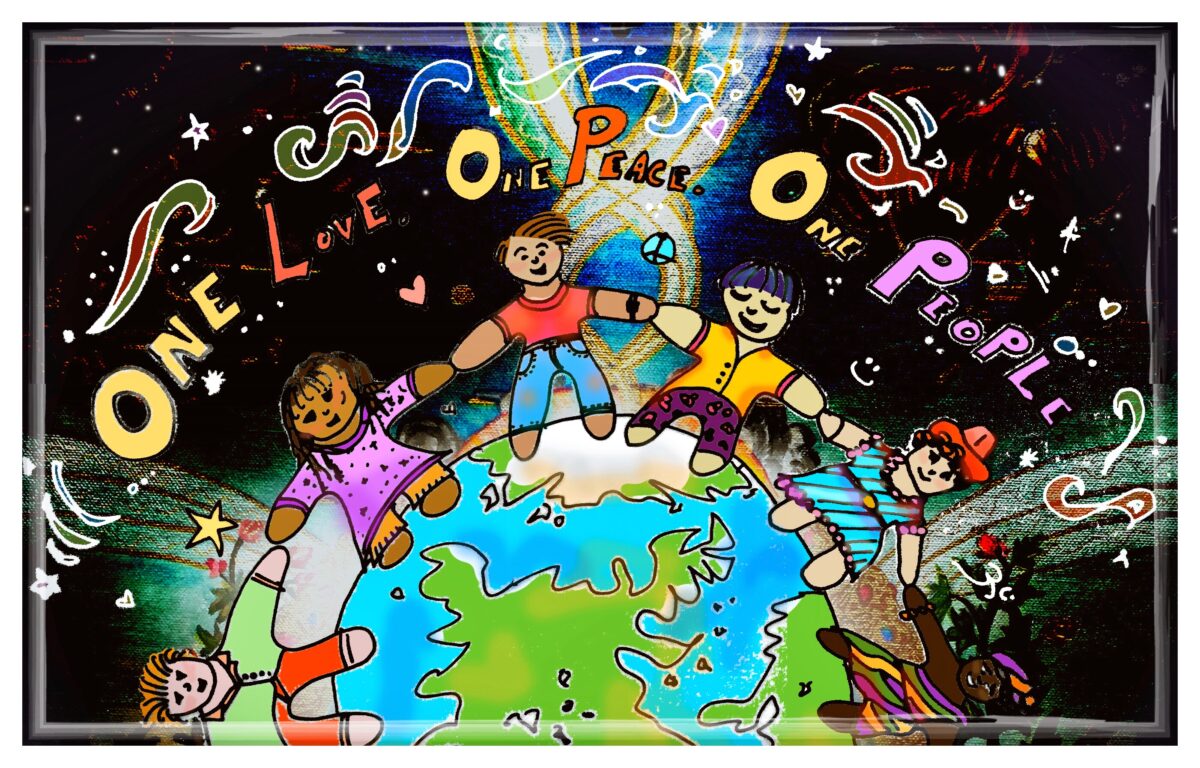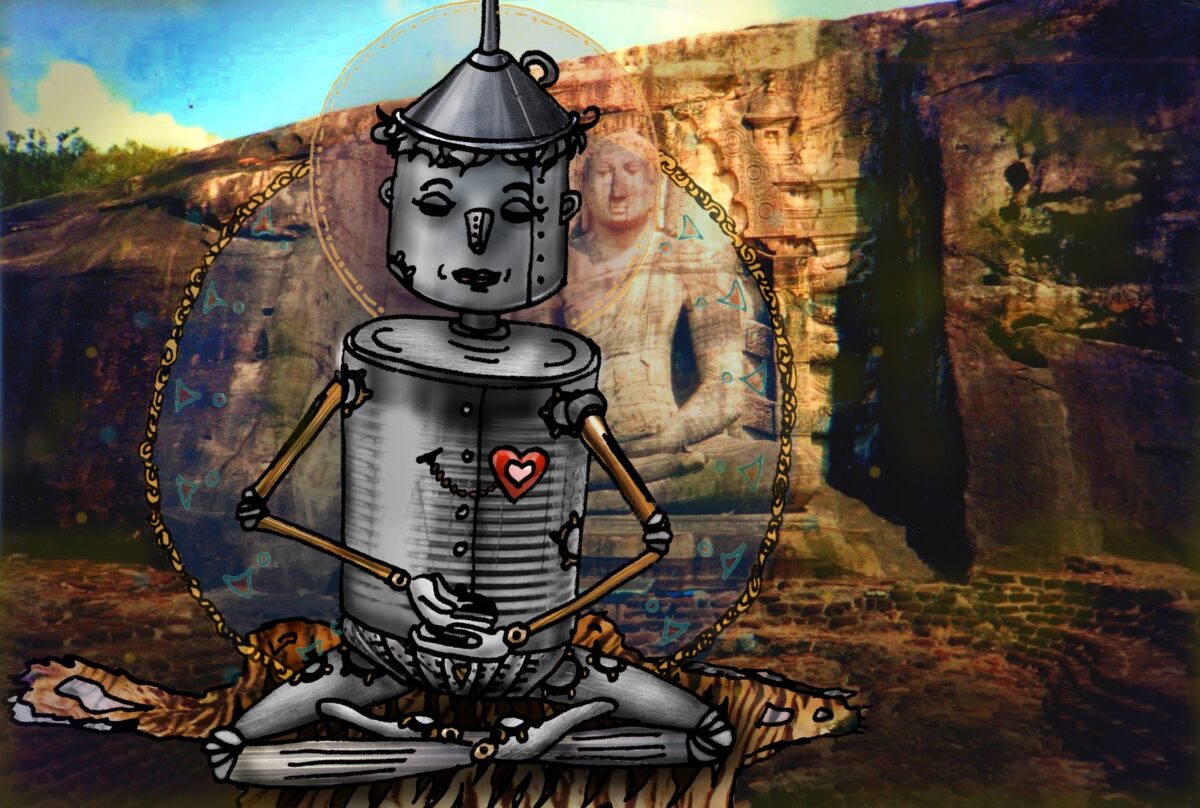Let’s talk about the tasks we do every single day. Brushing our teeth? Done. Flossing? Well, I do… but I know there are some of you who still struggle with doing this one. Eating food? That’s a good one to do daily. More than these simple and basic tasks, there are a myriad of other activities that we can choose to pursue every day that will vastly increase our quality of life. For example, as soon as I wake up each morning, I take a breath and think of something for which I am grateful. Just by starting my day with gratitude, I get to commence my morning in a happy and positive way, even before I check my cellphone or set foot on the floor.
In this article, I will explore twelve daily rituals that continue to bring me better wellness and joy – as well as few extra rituals that I hope to incorporate in the near future.
So, here we go. Here’s some amazing daily routines to improve one’s quality of life:
- Meditation
For those of you who have been following my blog or know me personally, there is absolutely no surprise with this item. Since I was twenty years old, I have been meditating every day for thirty minutes in the morning and evening. It clears my thoughts, allows me to be more productive, and – in the worlds of Nightline co-anchor Dan Harris – makes me “10% happier.” Actually, I think that quotation is a vast understatement. The frequency of spontaneously occurring happiness has skyrocketed for me. Before I began meditating, I was an incredibly worried, self-involved, painfully shy, insecure person. Many a day were spent in blind terror of the world around me. Over time these issues have melted away; and I have become an infinitely more secure, joyful, confident, and happy individual. Meditation has led me into a state of fairly constant contentment. If there’s one item on this list that is worth adopting immediately, it is this.
2. Chanting
Whether it be through attending an concert with friends or dancing alone in the shower to the radio, we have all felt music shift our state of being. When we encounter music, our cells begin to reverberate at the same frequency of the sound we are absorbing. If you haven’t yet seen the video of the plants singing to each other, here’s a link to do so now. It shows how even the simplest of life forms really do vibrate with sound and harmonize with one another. How much better is it then, if we chant the name of the divine, and let that very refined frequency reverberate through our bodies? Paul Reps, a renowned Zen master famously said: “Mantra shakes our bones.” When we chant divine words, our bodies become heavenly. It shakes out our heaviness, our restrictions, and attunes us to a much higher state of being. I personally chant the Guru Gita, but have friends that chant the Hanuman Chailisa, the Medicine Buddha Mantra, or an assortment of other sacred words and melodies. It really doesn’t matter what form it takes, singing and chanting elevated words and phrases of any language (though Sanskrit is very special because its creation stemmed from ancient rishis “hearing” it in deep states of meditation) harmonize our bodies to very refined states of being.
3. Oil Pulling
Oil pulling is a task that’s a little more physical than the previous two items. Here’s what to do: take a teaspoon of oil (sesame, coconut, or clarified butter [aka ghee] are preferred), put it in your mouth, swish it around for fifteen minutes, spit it out, and then brush your teeth. Why? This method of cleaning one’s mouth has been practiced for thousands of years by numerous societies. Not only does it remove plaque and tarter buildup, improve the health of one’s gums, reduce bad breath, and whiten enamel, but it actually “pulls” toxins out of one’s body through the membrane barriers in the mouth. That’s why it’s important to spit out the oil at the end, rather than swallow it. It might sound like new-agey nonsense, but I can vouch from personal experience (and from several close acquaintances) what a difference it has made in my life. It has helped countless individuals cure chronic health issues. You can find hundreds of fabulous articles about it online. And hey – if it kept ancient, indigenous cultures on good dental health for their whole lives, then it should be good enough for us as well.
4. Cultivating Gratitude
Yes, I start my day with gratitude – and then I also keep incorporating it throughout my day. Before I eat, when I finish meditating, when I talk with a friend: I take a few deep breaths and feel gratefulness well-up within the center of my chest – and then lift out of the top of my head. I send it off to the higher realms to convey that I am so lucky for my experiences. If we can remember to be grateful for our lives, our worlds truly become magical. We start to recognize the abundance of blessings already around us, and it sends a strong message to the Universe to keep bringing us more wonderful events. It’s a self perpetuating cycle: the more gratitude we feel in our lives, the more that arrives to inspire a grateful state. It’s a simple and profound practice to remember. Some people keep a journal of items they are thankful for, while I just set earmarks throughout my day that remind me to give thanks.
5. Yoga
If we continue to progress chronologically though my morning, the next item on my “to do” list would be physical yoga. So, physical yoga is what most Westerners think of when they hear the word “yoga.” It’s actually just a small fraction of the spiritual discipline of Yoga, with a capital “Y.” Meditation is Yoga. Self study is Yoga. Merging with the divine is Yoga. I do physical yoga every day because it makes my body strong and healthy, it clears out ailments and restrictions, and it makes me happy. But even these postures are more of a spiritual practice than a form of exercise. Yoga purifies the body so it and the mind can rest quietly in meditation. It soothes the nervous system and invites it to decompress so our focus can be redirected towards the internal, subtler realms. If you’ve taken a few yoga classes, you know that “high” and “glow” that comes from a physical practice. It is a very kinetic way to begin experiencing our spiritual nature and achieving a more optimal state of health and wellbeing.
6. Cooking
I also view cooking as a sacred act. When I go to the market, I drink-in the beauty and ripeness of all the produce. I feel some gratitude for the animals that offered their lives so that I may be nourished – and try to select the most humane and planet-friendly items I can afford. When I bring the food home, I lovingly select which items will go into my dish. I start frying the spices in ghee and feeling love in my heart for having the great fortune to feed myself well. I choose dishes that will make my belly feel yummy, strengthen my muscles, and help everything in my body reach its ideal state. I cook the food that will bring me the best health. And when we pay attention to what our bodies really desire, it’s healthy choices like beets and fruit, nuts and dates, maybe bison and farm-fresh eggs. Overtime, it’s possible to begin sensing how processed and refined foods lack real nourishment. We sense what will truly bring us our best health. And when we eat slowly and with gratitude, the food undergoes an alchemical process and becomes pure life-force for us. We become part of the cycle of nature: sensing our connection to the earth, the natural world around us, and how everything is perfectly in sync. Food is part of god; god is in food. I am the earth; the earth is in me. I am what I eat; all is one.
7. Dancing
I love to dance. I view it as a divine celebration of life, love, and happiness. Usually sometime after breakfast has been digested, I will head to my iTunes app and choose my playlist of “Music That Makes Me Feel Awesome.” The list includes the likes of “Unwritten” by Natasha Bedingfield, “Brave” by Sara Bareilles, and “Be Okay” by Ingrid Michelson. It is comprised of songs that make me want to take my shirt off, shake my booty, and bounce all around the apartment. When I dance, its another way I can thank the Universe for all the blessings I receive. I offer thanks for a strong and healthy body; I let my joy bubble forth through ecstatic movements. I act silly, strange, electric, and turbulent. I dance like no one is watching because, well, no one is. This is not a dance to entice or impress. It’s a conversation with the divine, and it is a sacred act. Sometimes my roommate or a friend will come join me, and it is still a dance of celebration rather than about interacting with another. For me, it’s the fullest expression of being alive: moving my body in rhythm and time to music that makes my heart alight.
8. Exercise
Some days yoga and dancing is enough for me to feel like I’ve used my body well. Other days I desire to go to the gym and push my physical limits more throughly. Now I don’t know if this is the case for everyone, but I find great joy in feeling that I’ve exerted a tremendous amount of physical force: that I’ve strained my muscles, that I’ve taught my body to do something that it could not previously execute . Recently, I’ve been exploring jump-roping and hand-standing. At first, I couldn’t do either at all. But gradually, through regular and focused practice, I have attained a modicum of proficiency with both. I love going to the gym and realizing that I can do one hundred double-jumps, when the week previous I could barely do thirty. I love landing that handstand, finding my balance, and gracefully lowering, when I previously couldn’t stabilize for even a second. Learning new skills, pushing physical boundaries, and even simply getting a good sweat every day makes me a happier man. I don’t think everyone needs this, but it’s important for me. I don’t like feeling like I’m “trapped” in my body – that comes from being physically stagnant. I like feeling and looking strong, feeling capable, and knowing that I can do more than I once thought was possible.
9. Time With Loved Ones
This is one of the hardest routines for me to sustain while living in California. If you read my first article on “Why We Need to Choose Our Surroundings Consciously,” you remember that I discussed how our most frequent and intimate interactions reflect back on our self-worth. Every day I Skype with my partner, family, and friends. I text message people out of the blue to let them know I’m thinking of them with love. I call old acquaintances to ask how they’re doing nowadays. And with each interaction I endeavor to feel the love, support, admiration, and care that exists between us.
And this is all very good and important to do. But an even better action is to spend time in physical interaction with loved ones. Feeling their touch, kisses, embraces, and arms around the shoulders. There’s tremendous value in touch. There have been studies that have linked frequent affectionate and caring touch with decreased rates of depression and anxiety. We are fundamentally social creatures, and we need to feel loved. Talking and texting is great and so important; but quality face to face time, and hug time, is even more so. Choosing to regularly spend time with those people who nourish us is a great goal to achieve.
Well, that’s my list of activities I am already undertaking every day to improve my quality of life. Let’s tack on a few more that I have yet to achieve:
10. Regular Bedtime
This one is so hard for me. Some nights I have rehearsals, performances, art events, etc. where I have to be out late. Other nights, I can stay in and go to sleep whenever I choose. No matter how much effort I put into having a regular (and early) bedtime, it fails to manifest. I feel my body and mind are at their best when I’m asleep by ten and wake up around six am. During my seven year residence at the Chicago Ashram, I would have to be at meditation class at six am. One would hope this meant that I was able to organize my bedtime more effectively, but I wasn’t. It just meant that most nights I had fewer hours of sleep than my body required. Since moving to L.A., I may now be allowed to sleep a full eight hours, but it’s hardly ever in the same time of the night; and the later my bedtime, the worse quality of sleep I attain. I hope sleep schedule will settle down as I age, but thus far it has been frustratingly inconsistent.
11. Regular Meal Times
In very much the same vein as the standard bedtime, I know my body feels at its best when I achieve the following: “every day we are going to have lunch at twelve, dinner at six, and breakfast at eight am.” But this goal has been even less frequent in occurring than my bedtime. Some days there’ll be three meals, while other days, two. Some days breakfast will be at eight, while other days its at one pm. I truly believe that this is just part of my karma in this life, that I will never eat at the same time every day. And I recognize that it’s part of having a creative-worker’s schedule. However, I can sense that my body better absorbs and integrates the food I intake when it’s gotten into a rhythm and knows when and how to prepare. I’ll chalk this one up to another long-range goal.
12. Baths & Bathing
This one’s kind of embarrassing. I’m not the best about making sure that I shower every single day. Yuck – I know. According to Ayurveda, our bodies are happiest when we bathe in the early morning, before dawn, and again after any physical exertion. And while I will generally take a shower at the gym after an intense workout, it shamefully does not always happen. And while there have been swaths of time where I’d get up super early and shower in the dark, that’s not been habitual either. I’m generally a shower once every-other-day sort of guy… and I’d like to be much better about this.
And not only in regards to showers, but also in taking the time for actual baths. With salts and bubbles and the whole works. I know how much better I feel when I let my body soak, allowing tensions to dissipate through the sudsy water. Or take the time to bathe at a Korean Spa, where I can do it in the comfort and company of my fellow mammals.
Furthermore, the Indian tradition of Ayurveda recommends rubbing one’s entire body with oil before ablutions to increase health and wellbeing. This practice, called “abhayanga,” is so highly praised in traditional literature, and has such profound healing effects, that I really should make it item number thirteen on this list. So…
13. Abhayanga
Everyday, I am going to take the time to rub warm sesame or coconut oil into my skin before taking my bath/shower. This practice is said to increase strength, radiance, resiliency to disease and infection, and slow the effects of aging. I’ve done it off and on for years, and when I’ve done it consistently, I have felt positively transformed. My health has been better. My skin has been more luminous. This is something I need to do every single day. I need to work on keeping my physical body as clean and gleaming as I do my internal spirit.
So, that’s my list! I hope there were some inspiring highlights for you. I would be curious to know about other routines that you have found to be tremendously beneficial for your life. If you have something to suggest, please add it to the comments section below. And anything you write will be guaranteed to get a reply from me. So let’s start a conversation about this, please.
Thank you so much for taking the time read my musings.
Namaste! (The divine inside of me bows to the divine inside of you; inside we are all one!)
Words and photo by: Kaelan Strouse
